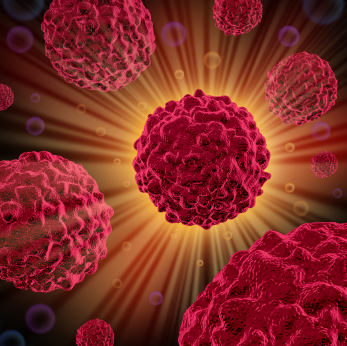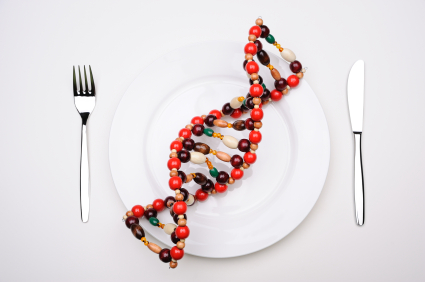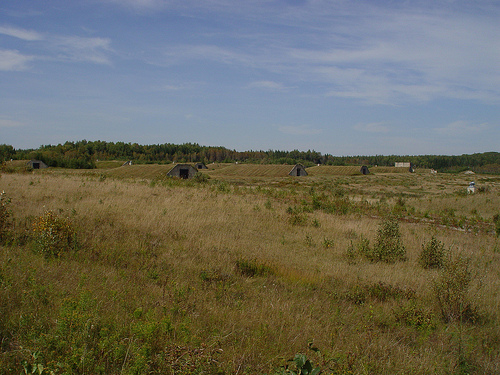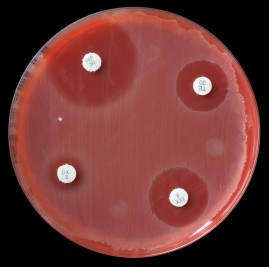
During graduate studies in Medical Microbiology and Immunology at the University of WI-Madison, a favorite class was an infectious disease course that included an exercise in designing the perfect pathogen. This was a thought experiment, a writing exercise. No laboratory experimentation was involved.
You might initially think of a perfect pathogen as one that produces the most spores, allowing the pathogen to spread or seed itself in many locations. Copious slime and mucus production and projectile vomiting and diarrhea were frequently suggested during discussions of the perfect pathogen. And it’s true that these features really get the attention of the infected person and her/his caregiver. There are some pretty scary microbial buggers out there, for instance those that cause hemolytic anemia and/or raging fevers; these are the attention getters of the infectious disease world. Continue reading “Hepatitis C: A Promising Animal Model, and Reasons to Get Tested”








 Anyone who has travelled across time zones knows how unpleasant it is when the regular rhythm of your biological clock is disrupted. Jetlag results when the body’s internal clock, or circadian rhythm is out of sync with external cues for “day and “night”, resulting in insomnia, extreme tiredness, difficulty concentrating and various other unpleasant symptoms.
Anyone who has travelled across time zones knows how unpleasant it is when the regular rhythm of your biological clock is disrupted. Jetlag results when the body’s internal clock, or circadian rhythm is out of sync with external cues for “day and “night”, resulting in insomnia, extreme tiredness, difficulty concentrating and various other unpleasant symptoms. 